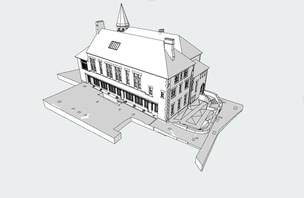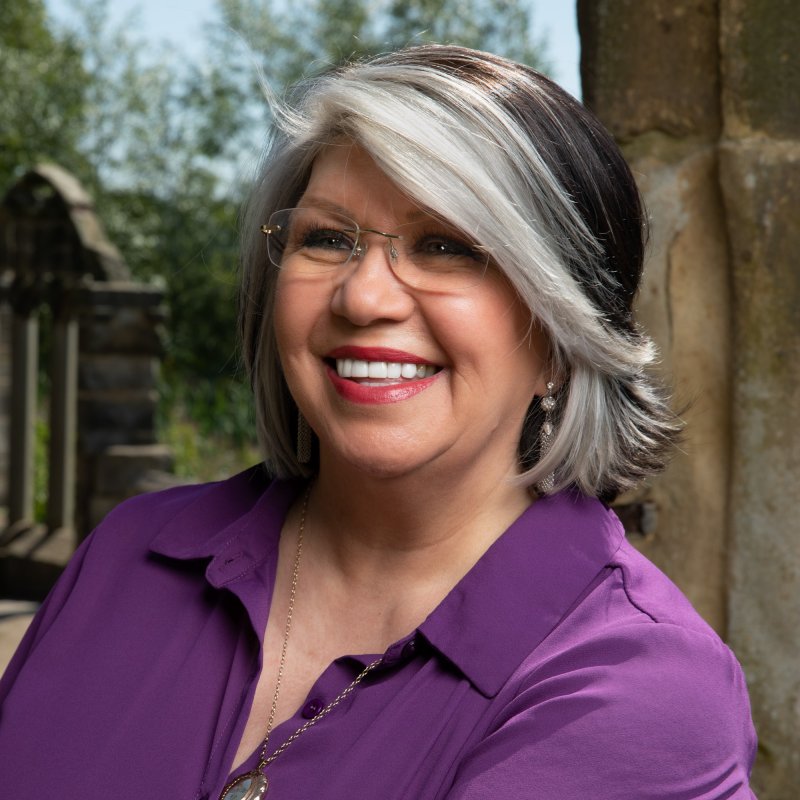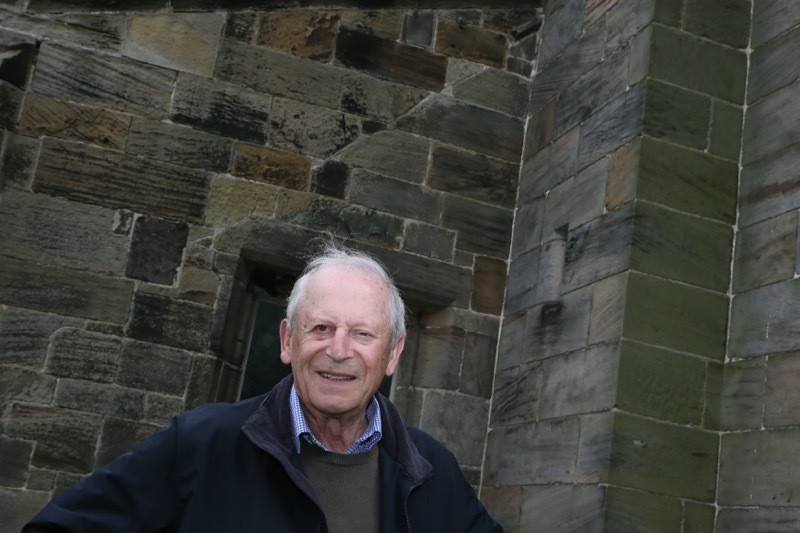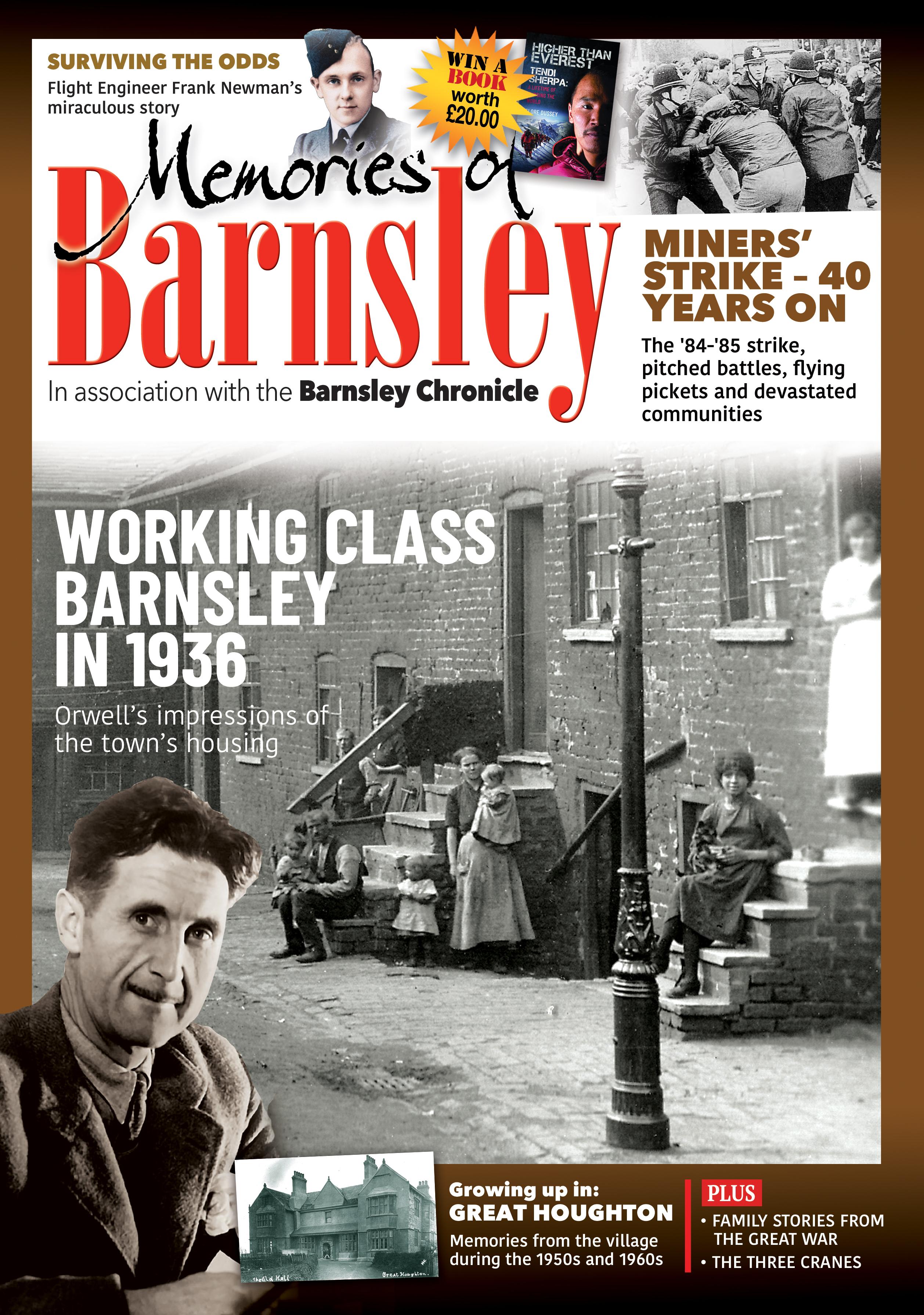SOCIAL distancing is nothing new, as a member of a historic Barnsley church has discovered.
But in times gone by, it had more to do with praying than pandemics.
A casual remark by a fellow parishioner left Tony Warden delving into Darton All Saints’ rich history, which stretches back to the Norman era of the 11th century.
And he uncovered an intriguing link to a time when ultra-dedicated worshippers, often termed hermits, withdrew from society to lead an intensely solitary life of prayer and contemplation.
Tony’s research suggests a small single-storey lean-to on the north-west wall of the current church, completed in 1517 and Grade One-listed, is in fact the remains of an anchorite cell attached to earlier church buildings and possibly used to house hermits over a 400-year span.
“We know the latest phase of the church was completed by the monks from Monk Bretton Priory, and the north-west corner has long been identified as the oldest part,” explained Tony.
“One day a member of the congregation, Christine Brown, took a look at the lean-to as she walked into the churchyard, and casually suggested it might have been something to do with the previous buildings.
“Sometimes a fresh pair of eyes can provide a different perspective, and when we had anther look at the lean-to from the inside, we realised the contour of the roof is visible, telling us the monks used the exterior wall of the cell with its sloping roof and simply built on top of it.”
Tony continued: “We believe it was a hermits’ cell, which was around 12 feet by 12 feet and housed anchorites (male) and more commonly anchoresses (female).
“They were so-called because they were anchored to the church, literally walled up to live a life of prayer and solitude.
“The walling-up would have been preceded by a strict ceremony when the last rites were read and the man or woman concerned abandoned their existence outside the church and were reborn to a spiritual life in the solitary service of God.
“The cell would have had a narrow opening to provide a view of the altar and allow the anchorite or anchoress to take part in services, and probably an exterior window to provide light and allow food and water to be supplied and washing and waste to be taken away.
“These people were held in very high regard. An anchoress was more revered than a nun, and even abbots went to them for advice and guidance.
“They were also consulted for spiritual advice, guidance and counselling by the parishioners, which would have helped generate income.
“It’s a sign of their standing that rather than demolish the cell, the monks integrated it into the current church building.”




























